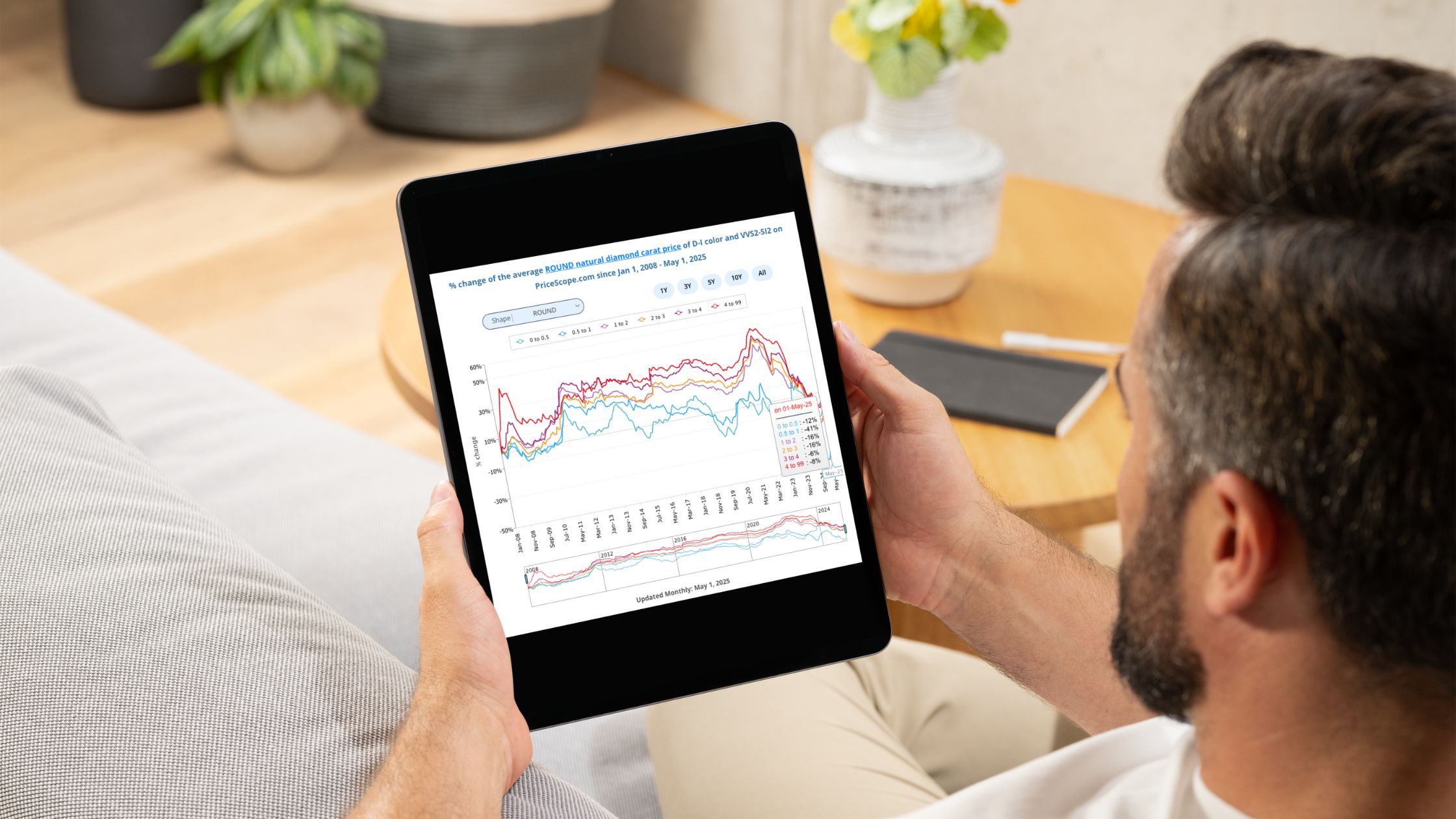I've done fairly extensive research on the ideal proportions of a round brilliant and there seems be consensus on the crown angle, pavilion angle and table % range, but not on the depth % range.
Old PS posts recommend a range, usually between 59-62% and other websites (eg. Paul of Beyond4Cs) recommend 61-62.5%.
Will anything over 62 be too deep, making the diamond look smaller? Why do so many sources stick to the 61-62.5% range- what is it about this range that makes it the best?
Conversely, although sticking to the lower end of the range (59%, 60%) will make the diamond look larger, is this not the ideal range?
Any input appreciated. Thanks.
Old PS posts recommend a range, usually between 59-62% and other websites (eg. Paul of Beyond4Cs) recommend 61-62.5%.
Will anything over 62 be too deep, making the diamond look smaller? Why do so many sources stick to the 61-62.5% range- what is it about this range that makes it the best?
Conversely, although sticking to the lower end of the range (59%, 60%) will make the diamond look larger, is this not the ideal range?
Any input appreciated. Thanks.



300x240.png)